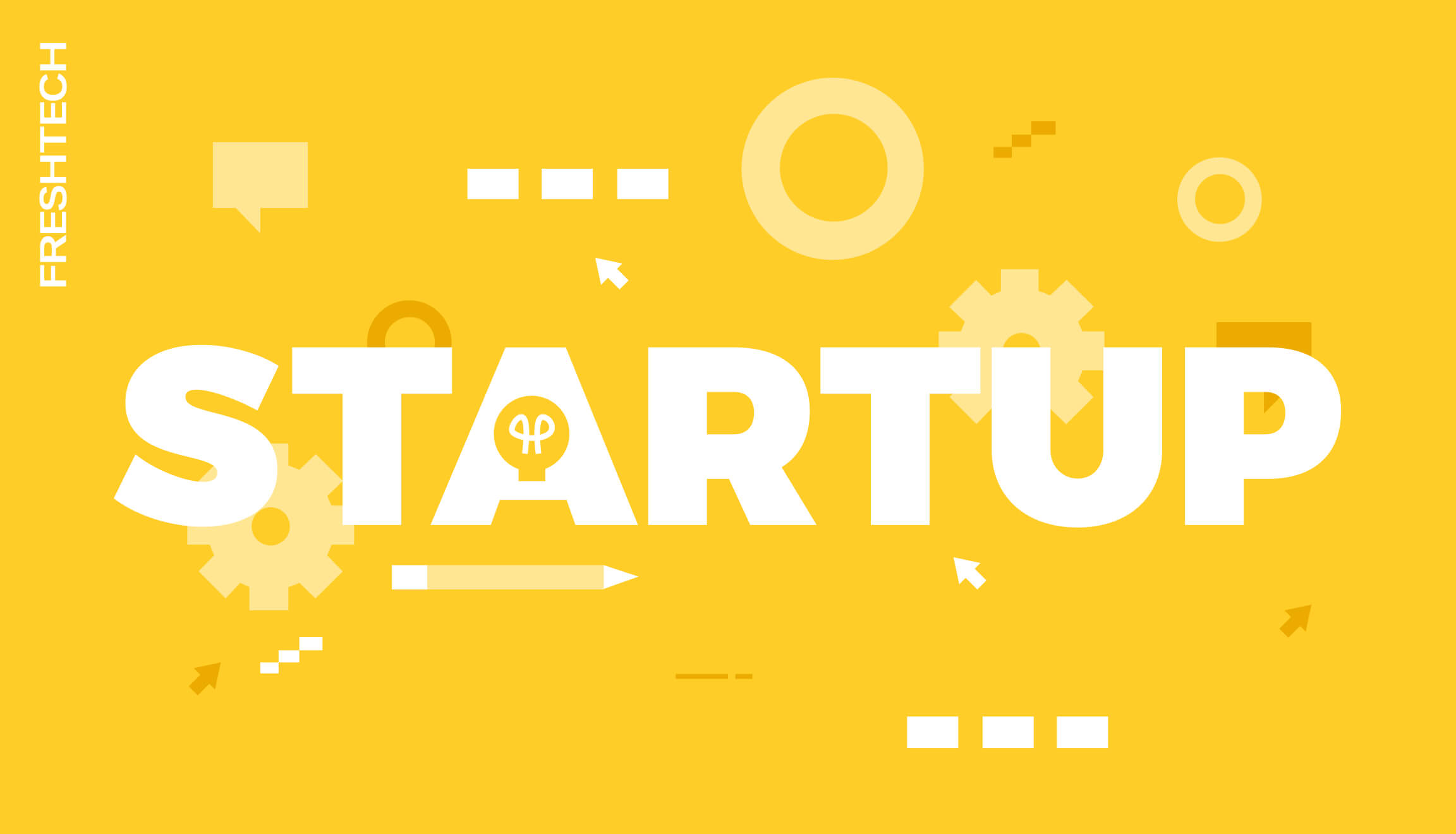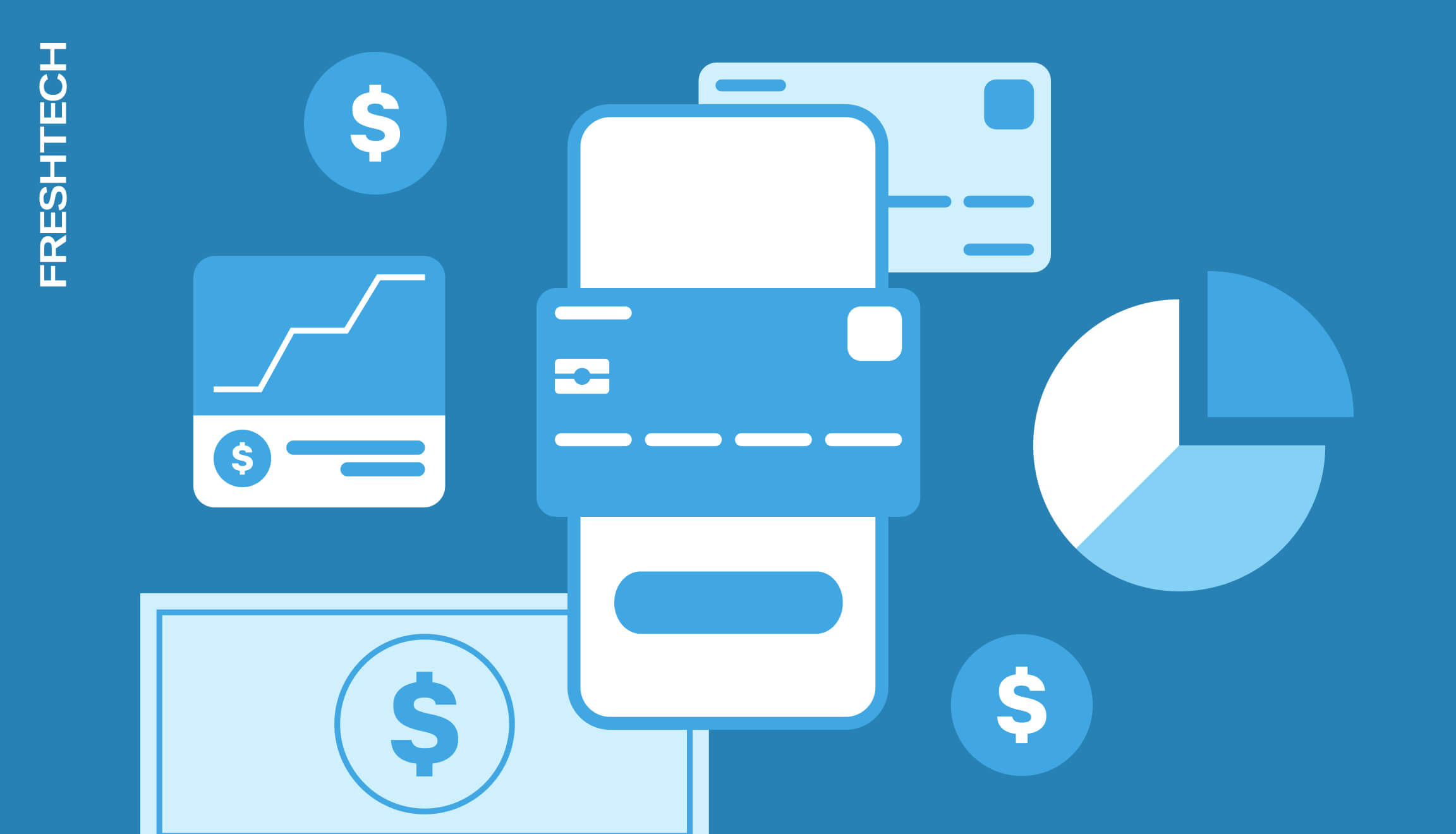What You Should Know Before Launching a Startup Project

Building a startup is a complex process that requires a clear plan and a step-by-step approach. An idea sets the direction, but without validation and solid execution, it remains just a concept. Read on to learn what to focus on at the start and how to gradually progress toward launching your project.
Idea ≠ finished product
No matter how unique an idea is, it only becomes valuable once its relevance is proven in practice. That’s why it’s crucial at the start to validate the problem-solution fit by making sure your product truly addresses your target audience’s problem. This is a fundamental test of an idea’s viability: does the product solve a real need, and are users willing to pay for it?
To find this out, you need to form and test hypotheses about the problem and who feels it most acutely. This can be done through interviews with potential customers, surveys, test landing pages, or interactive prototypes. The value of these tools lies in quickly gathering feedback before full-scale development begins.
Who are your users?
Defining your target audience helps focus resources on those genuinely interested in your product. Creating User Personas — generalized profiles highlighting demographics, behaviors, motivations, pain points, and goals — allows you to better understand what your future users value, the tasks they want to accomplish, and the challenges they face.
Creating multiple personas helps cover different user segments with unique needs and behaviors. For example, a mental health platform’s personas might include young adults aged 18–25 seeking anonymous support; people aged 30–45 who need flexible consultation schedules; and patients with chronic psychological disorders requiring regular professional care.
How to test a hypothesis?
An MVP is a test version of a product with just enough features to validate the core hypothesis. It includes only what’s necessary to solve the main user problem, avoiding extra complexity.
Instead of investing in a full-featured product right away, an MVP focuses on the essentials to minimize unnecessary costs. For example, a service app’s MVP might have only a basic catalog and simple booking form without advanced settings.
Another advantage is the ability to quickly gather feedback and promptly adjust the product to meet audience needs. However, it’s important to remember that an MVP is not the final product and not meant to implement all your ideas. Its purpose is to test key assumptions and collect real data for further development.
Budget and timeline
The cost of launching depends primarily on the product’s complexity, functionality, technology stack, and team. For example, the budget for developing an MVP can vary significantly depending on how many specialists are involved. A basic version might be built by a single technical expert, or by a team including a business analyst, designer, developers, and QA, which is a completely different scale.
The process should be planned in stages:
-
Prototyping: creating basic mockups or an interactive prototype of the product;
-
MVP: developing a minimum viable version with core functionality sufficient to test the hypothesis;
-
Launching the first release to see how the product performs in real conditions and to gather feedback;
-
Optimization: fixing, improving and adding new features, preparing for scaling.
It’s important to leave room for adjustments in your planning, as things rarely work perfectly on the first try. By allocating extra time for implementation, you increase your chances of bringing the product to market smoothly, without stress or rushed compromises.
Dreaming of launching your own project? Leave your contact details in the form, and our manager will get in touch to offer the best solution to help you achieve your goals.





















